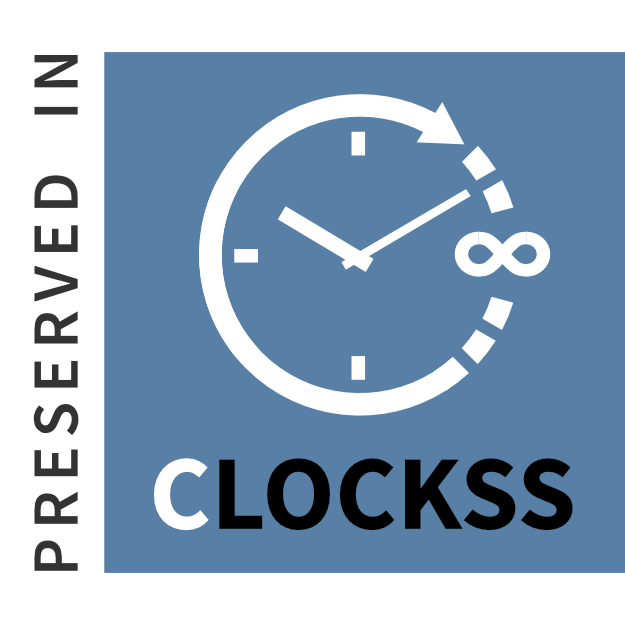Evaluation and Aesthetic Preference Judgments in User Response to Industrial Product
DOI:
https://doi.org/10.35560/jcofarts1558Keywords:
Evaluation, Aesthetic Preference, Aesthetic Judgment, User Response, Industrial Product.Abstract
This study discusses the critical role of aesthetics in influencing consumer evaluations and preferences of industrial products. With design being a key differentiator in competitive markets, the study explores how aesthetic elements interact with user responses. The study focuses on the components of aesthetic evaluation, including visual consistency, usability, and cultural influences, and their impact on consumer behavior and emotional engagement. The research relied on a structured questionnaire distributed to 110 undergraduate design students, where the relationship between aesthetic appeal and factors such as ease of use, cultural relevance, and emotional stimulation was quantitatively analyzed. The results highlight the importance of visual elements—color, shape, and texture—in attracting consumer attention and promoting positive perceptions. It was also shown that aesthetic design evokes positive emotions, improves usability, and enhances brand loyalty. In addition, cultural context plays an important role in shaping users’ perceptions of aesthetics, underscoring the need for culturally sensitive design strategies. The study concludes by calling for a balanced design approach that combines innovation, simplicity, and visual consistency, in line with consumer expectations and enhancing product competitiveness.
References
Baheel, J. K. (2013). Industrial design aesthetics in light of modern interaction theories (Unpublished doctoral dissertation). Department of Design, College of Fine Arts, University of Baghdad.
Baheel, J. K. (2024). Design variables and their reflection on industrial product personality and its connection to the user. Al-Academy Journal, (112), 173-190. https://doi.org/10.35560/jcofarts1386
Bloch, P. (1995). Seeking the ideal form: Product design and consumer response. Journal of Marketing, 59(3), 16–29.
Burnap, A., Hartley, J., Pan, Y., Gonzalez, R., & Papalambros, P. Y. (2016). Balancing design freedom and brand recognition in the evolution of automotive brand styling. Design Science, 2(e9), 1–28. https://doi.org/10.1017/dsj.2016.9
Burnap, A., Hauser, J. R., & Timoshenko, A. (2019). Design and Evaluation of Product Aesthetics: A Human-Machine Hybrid Approach Pan for mathematical modeling discussion; (Issue 617). Massachusetts Institute of Technology.
Chai, F., Peng, K., & Yu, F. (2016). Pricing aesthetics: How cognitive perception affects bidding for artworks. Social Behavior and Personality, 44(4), 541–554. https://doi.org/10.2224/sbp.2016.44.4.541
Coates, D. (2003). Watches Tell More Than Time. Mc.Graw Hill.
Crilly, N., Moultrie, J., & Clarkson, P. J. (2004). Seeing things: Consumer response to the visual domain in product design. Design Studies, 25(6), 547–577.
Desmet, P. M. A., Tax, S. J. E. T., & Overbeeke, C. J. (1999). Designing products with added emotional values: Development and application of an approach for research through design. The Design Journal, 4(1), 32–47.
Gürşen, A. E., Özkan, E., & Bozbay, Z. (2020). Using visual art in product design and consumer responses: The moderating role of product type. Contemporary Management Research, 16(4), 229–254. https://doi.org/10.7903/CMR.20645
Homburg, C., Schwemmle, M., & Kuehnl, C. (2015). ew product design: Concept, measurement, and consequences. Journal of Marketing, 79(3), 41–56.
Kant, I. (2000). Critique of the power of judgment (P. Guyer & E. Matthews, Eds. & Trans.). New York: Cambridge University Press. pp. 97–102.
Leder, H., Belke, B., Oeberst, A., & Augustin, D. (2004). A model of aesthetic appreciation and aesthetic judgments. British Journal of Psychology, 95(4), 489–508. https://doi.org/10.1348/0007126042369811
Linder, E., & Olander, E. (2007). Stakeholders’ perceptions of product messages. 1–17.
MacInnis, D. J., & De Mello, G. E. (2005). The concept of hope and its relevance to product evaluation and choice. Journal of Marketing, 69(1), 1–14. https://doi.org/10.1509/jmkg.69.1.1.55513
Nisbett, R. E., & Masuda, T. (2003). Culture and point of view. Biological and Cultural Bases of Human Inference, July 21, 49–70. https://doi.org/10.4324/9780203774908
Rubera, G. (2015). Design innovativeness and product sales’ evolution. Marketing Science, 34(1), 98–115.
Stufflebeam, D. L. (1973). Evaluation as enlightenment for decision-making. In B. R. Worthen & J. R. Sanders (Eds.), Educational evaluation: Theory and practice (p. 129). Worthington, OH: Charles A. Jones Publishing.
Veryzer, R. W., & Mozota, B. B. de. (2005). The Impact of User-Oriented Design on New Product Development An Examination of Fundamental Relationships. He Journal of Product Innovation Management, 22(2), 15.
Vilches-Montero, S., Nik Hashim, N. M. H., Pandit, A., & Bravo-Olavarria, R. (2018). Using the senses to evaluate aesthetic products at the point of sale: The moderating role of consumers’ goals. Journal of Retailing and Consumer Services, 40(January), 82–90. https://doi.org/10.1016/j.jretconser.2017.09.008
Vlasic, B. (2011). Once Upon a Car: The Fall and Resurrection of America’s Big Three Automakers--GM, Ford, and Chrysler. William Morrow.
Wiecek, A., Wentzel, D., & Landwehr, J. R. (2019). The aesthetic fidelity effect. International Journal of Research in Marketing, 36(4), 542–557. https://doi.org/10.1016/j.ijresmar.2019.03.002
Wu, F., Samper, A., Morales, A. C., & Fitzsimons, G. J. (2017). It’s too pretty to use! When and how enhanced product aesthetics discourage usage and lower consumption enjoyment. Journal of Consumer Research, 44(3), 651–672. https://doi.org/10.1093/jcr/ucx057
Zeithaml, V. A. (1988). Consumer Perceptions of Price, Quality, and Value: A Means-End Model and Synthesis of Evidence. Journal of Marketing, 52(3), 2–22. https://doi.org/10.1177/002224298805200302
Downloads
Published
Issue
Section
License
Copyright (c) 2025 Wameedh Abdulkareem Muhsin

This work is licensed under a Creative Commons Attribution 4.0 International License.













